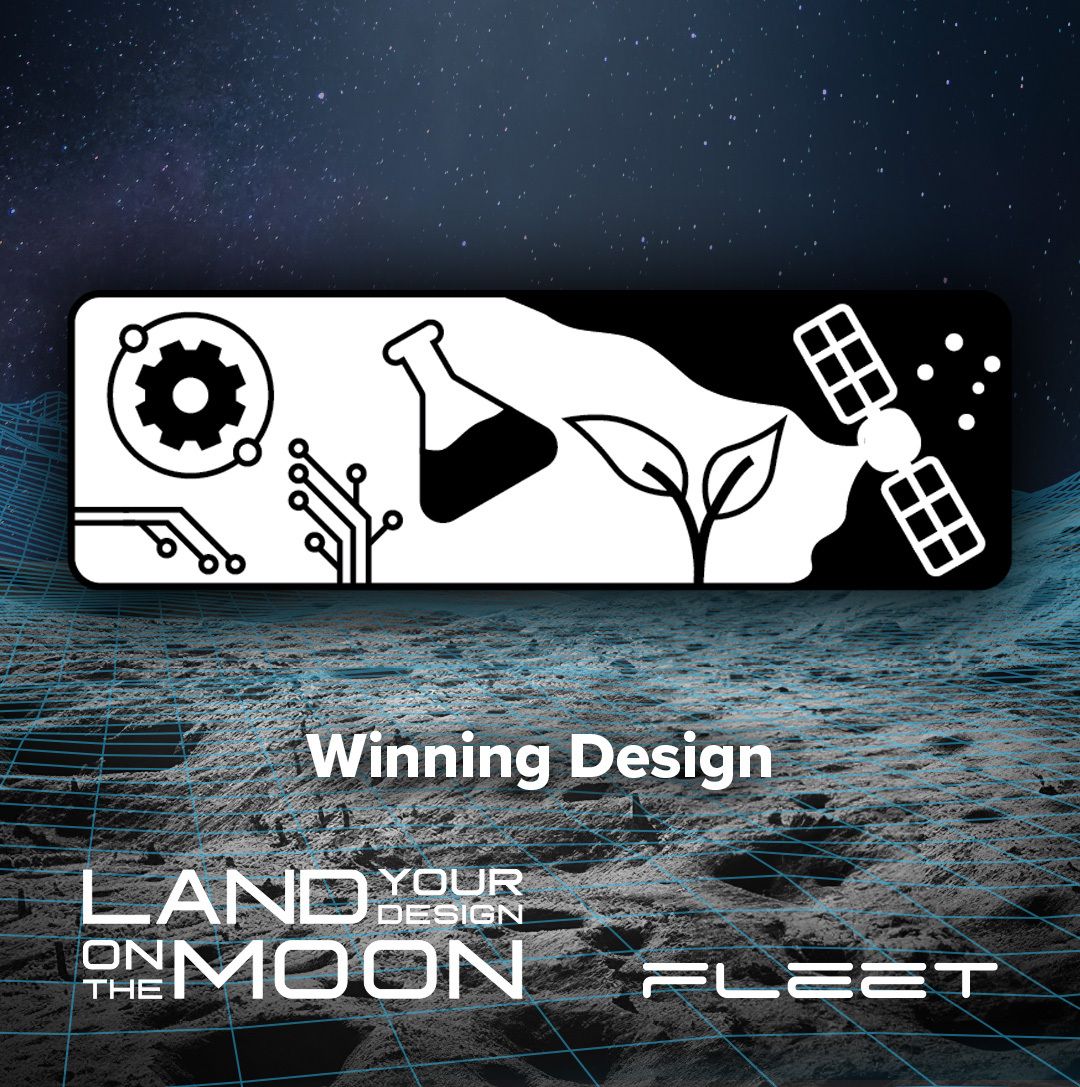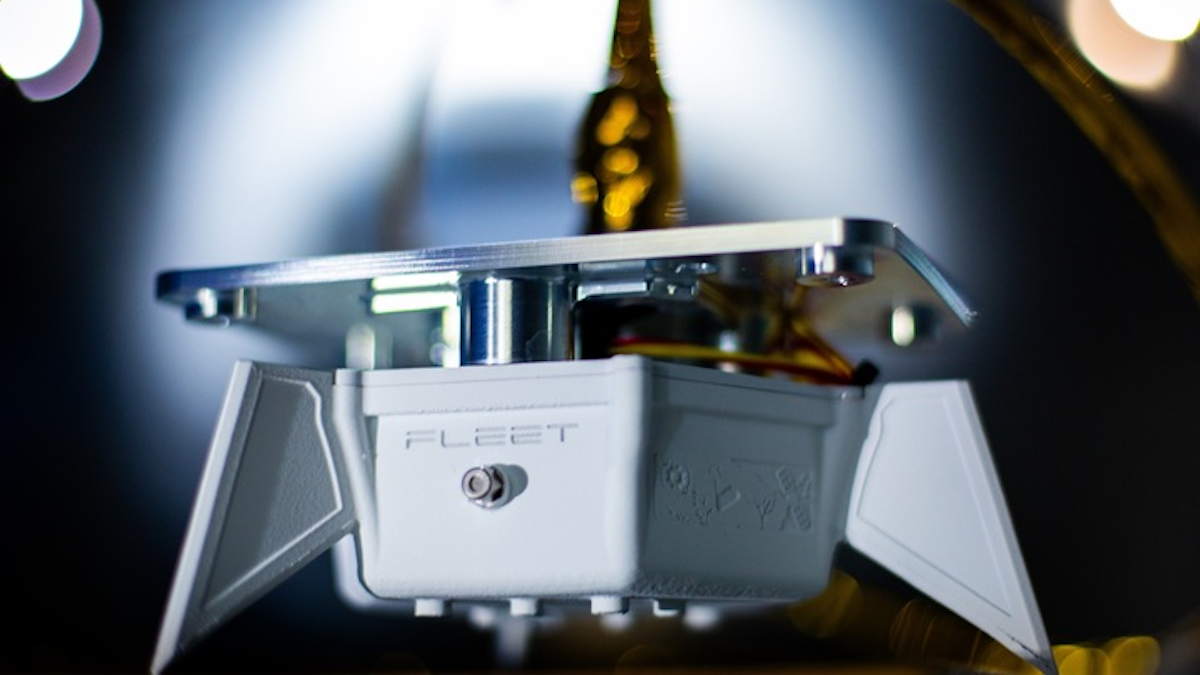Share
Tweet
Share
Share
In 2023, Fleet Space Technologies, an innovative space company based in Adelaide, launched a competition that would have one entrant cement their design on a piece of space equipment travelling to the moon.
The winning design, by South Australian student Vatsal Jigneshkumar Thakkar, has since been 3D printed onto the shell of Fleet Space’s innovative SPIDER device, which stands for ‘Seismic Payload for Interplanetary Discovery, Exploration, and Research.’
Vatsal’s design features biology, chemistry, and astronomy motifs, and now neatly adorns one side of the SPIDER device.

The design is set to reach the Moon’s South Pole in 2026 as part of Firefly Aerospace’s Blue Ghost Mission 2. The device will gather seismic data to help scientists understand the lunar surface and search for ice deposits, a key resource for future exploration. The mission will survey the asteroid Apophis when it comes as close as 32,000km from the Earth’s surface in 2029.
The SPIDER device will travel to the Moon aboard Firefly’s two-stage spacecraft. The Elytra orbital vehicle will deploy the Blue Ghost lander into lunar orbit, and the lander will then deliver SPIDER to the lunar surface.
Fleet Space revealed the news and officially unveiled the SPIDER as it marked its 10th anniversary with the opening of a new 5,300 square metre global headquarters and advanced manufacturing facility at Adelaide Airport’s Catalyst Park. The milestone was celebrated during the company’s inaugural Horizon Global Summit, which gathers international leaders in space, resources and technology.


While the event focused on Fleet Space’s global collaborations, including its work with NASA, it was Vatsal’s achievement that connected the celebrations back to South Australia. As part of his prize, Vatsal and his school each received a custom model SPIDER featuring his design, and he and 20 guests get a tour of Fleet’s new headquarters.
So as the SPIDER prepares to blast off, we’ll be looking on, knowing Adelaide is about to place a piece of space history on the moon.
For more information, click here.


